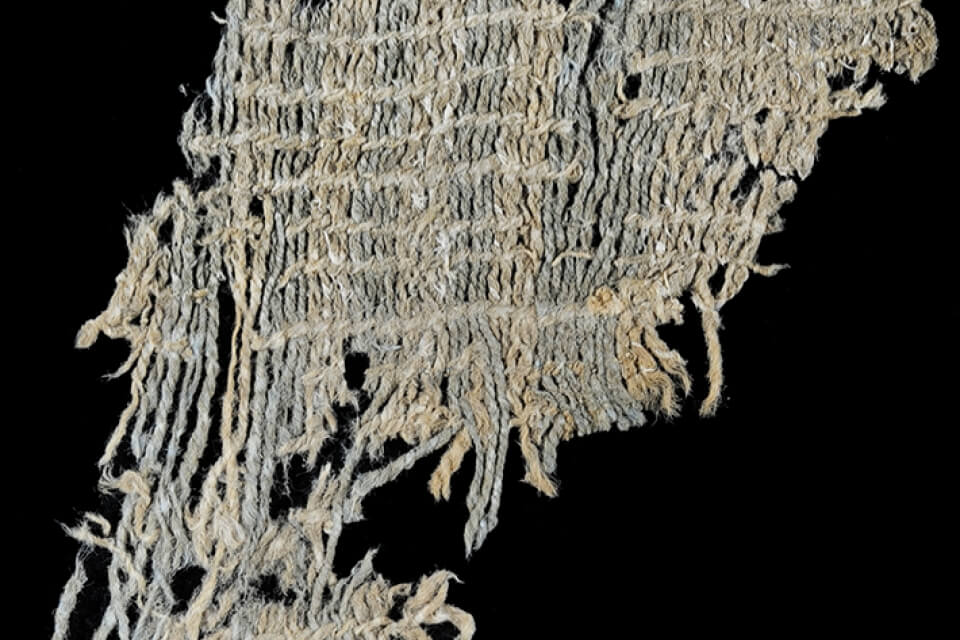Among the oldest civilisations, Egypt has often been crowned as the site for various first discoveries. However, a recent excavation in Peru has shifted the limelight from Egypt to America, which was hardly considered as a probable site for first archaeological findings.
A team of archaeologists, conducting a research at a prehistoric site called Huaca Prieta, have discovered a fabric dyed in indigo almost 6,200 years old, making it the most aged blue dyed fabric ever found. Prior to this discovery, the oldest sample of blue dyed fabric was found in Egypt and was about 4,400 years old.
Jeffrey Splitstoser, an archaeologist and textile expert at The George Washington University said that this discovery is evidence enough to prove that prehistoric Americans were making both scientific and technological advancements before the other civilisations, something that America is seldom acknowledged for.
Excavated by archaeologists Duccio Bonavia and Tom Dillehay sometime between 2007 and 2008, the dyed fabrics that have been unearthed are actually tiny bits of woven cotton. Splitstoser claimed, that Huaca Prieta, the excavation site, was a prehistoric dwelling area, previously covered by a mound and turned into a temple primarily constructed with an amalgamation of concrete, ash, sand and shells. Lodged in these concrete layers, the snippets of the fabric, aged 4,000 to 6,200 years, were found in clumps along the ramp leading to the very summit of the temple. However the building material high on its ash content, percolated into the cloth, thus causing them to be dirty and gain a grey sooty colour. A characteristic of the civilisations formed near the Andes, the textile were cut or torn before they were deposited on the temple ramp. This in all likelihood symbolised a ritual “killing,” by the people who believed these objects as living, Splitstoser further explained.
The fabrics excavated, weren’t just blue. They were woven in complex patterns of blue-dyed yarn along with naturally occurring white cotton. To this was added, white milkweed thread, a rare textile of South America. Post this, the yarn was probably dipped in red and yellow ochre which was used for rock art.
Splitstoser adds that, unlike many dyes, Indigo is quite complicated to make. While other hues can be made from simply boiling the blossoms to extract the colour, Indigo needs more patience and tedious steps. First, the leaves are to be fermented. Next, the fermented broth needs to be charged with carbon dioxide and other gases so that a solid compound builds on the mixture which has to be dried and stored. To reconstitute it requires an alkaline substance, which makes white indigo, a water-soluble compound. Almost like magic yarn dipped in white indigo turns yellow, green and eventually blue.
Splitstoser is of the view that this technology that was invented by women. Women in Andean cultures were bestowed with the charge of weaving and dying. Some of the fragments of the later textile boasted a better quality and were laden with more complex decoration. This undoubtedly proves that the dwellers of Huaca Prieta weren’t primitive.
((The researchers reported their findings today (Sept. 14) in the journal Science Advances.))*** this sentence is not re written.


